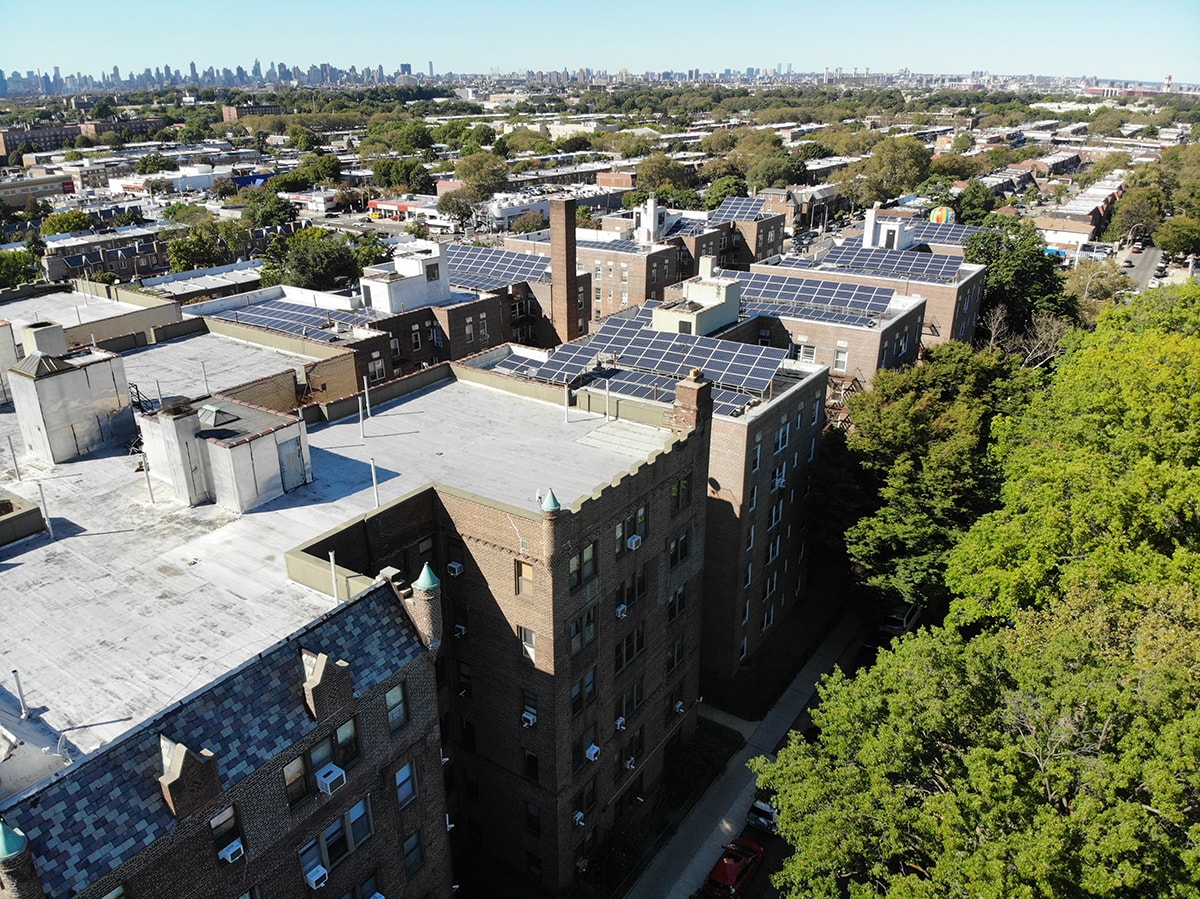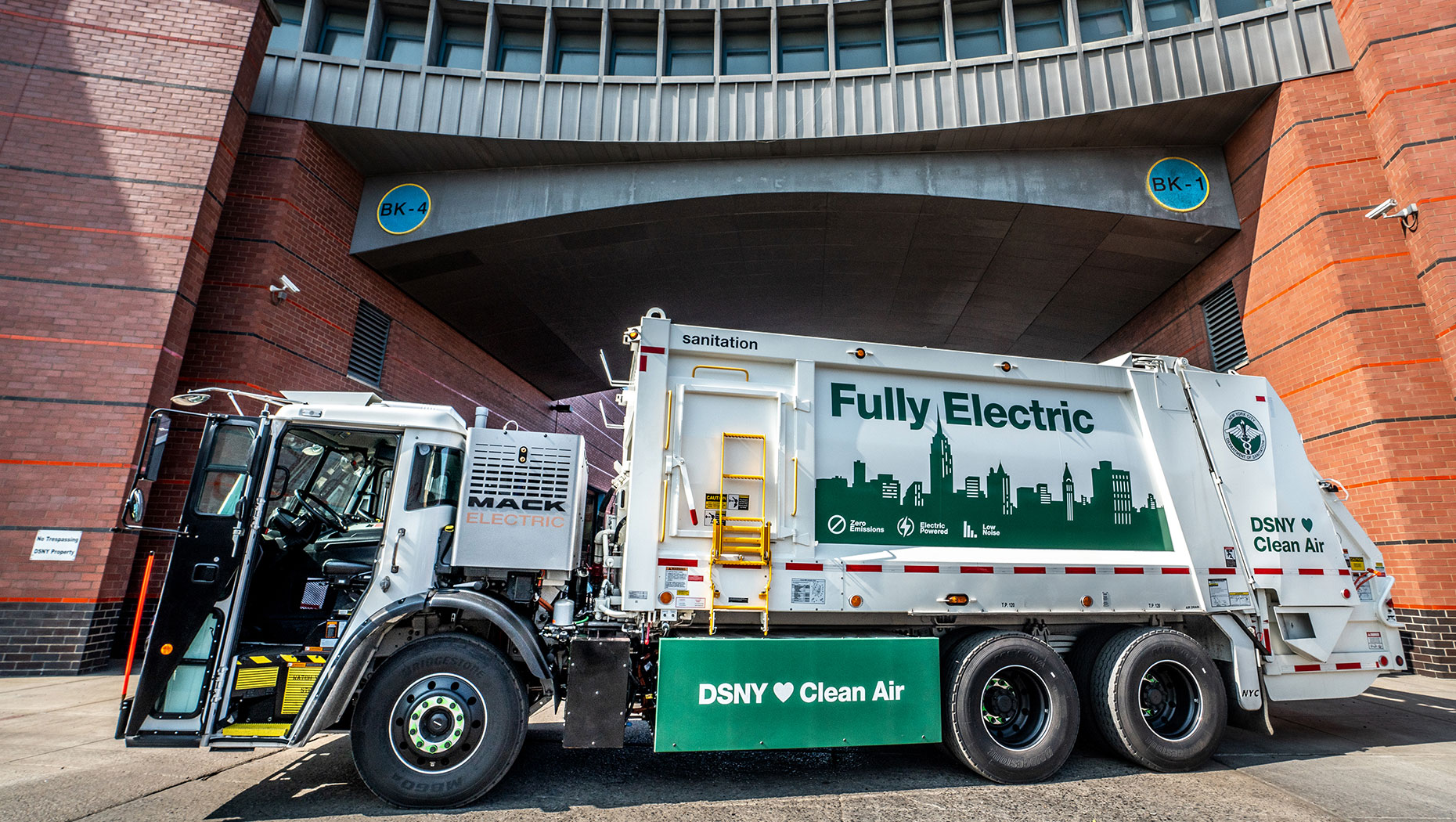Report on the Strategic Integration of Carbon Management and Renewable Energy to Achieve Sustainable Development Goals
Introduction: Navigating Political Headwinds to Advance Climate Action
In the context of significant political polarization surrounding net-zero targets and renewable energy, institutional opposition has emerged as a substantial barrier to progress. This report examines carbon management, a pathway endorsed by the Intergovernmental Panel on Climate Change (IPCC), as a critical and complementary strategy to accelerate decarbonization efforts. Specifically, this analysis focuses on Carbon Capture, Utilization, and Storage (CCUS) and technological Carbon Dioxide Removal (CDR), including Direct Air Capture (DAC) and Bioenergy with CCS (BECCS). These technologies are vital for achieving SDG 13 (Climate Action) by providing a synergistic approach that combines emissions reduction with carbon removal. While seemingly in competition with renewables for resources, carbon management presents an opportunity to build broad coalitions, thereby advancing progress toward SDG 7 (Affordable and Clean Energy) and other related Sustainable Development Goals.
Fostering Partnerships and Innovation for Sustainable Development
Building Broader Coalitions to Support SDG 17 (Partnerships for the Goals)
A primary concern among climate advocates is that allocating financial and political capital to CCUS could detract from the momentum of renewable energy and electrification. However, practical policy experience indicates that an exclusive focus on renewables can impede legislative progress. Integrating carbon management into clean energy proposals can attract wider political support, creating the necessary partnerships to pass comprehensive decarbonization measures. The Bipartisan Infrastructure Law (BIL) and the Inflation Reduction Act (IRA) serve as key examples; the inclusion of CCUS provisions was instrumental in securing the bipartisan and moderate support needed to advance these landmark clean energy initiatives. This demonstrates that a pragmatic, inclusive approach is often more effective for achieving tangible climate outcomes.
The Renewables and Carbon Management Portfolio: A Symbiotic Relationship
Contrary to concerns of undermining renewables, a combined portfolio that includes carbon management can create mutually reinforcing benefits that advance multiple SDGs. This integrated strategy supports renewable energy deployment in several key ways:
- Accelerating Innovation and Infrastructure (SDG 9): The continued deployment of renewables, supported by subsidies, drives down costs through steep learning curves. Simultaneously, incremental support for CCUS can foster its own virtuous cycle of innovation and cost reduction. This dual approach builds overall momentum for clean technology development and infrastructure modernization.
- Decarbonizing Hard-to-Abate Sectors (SDG 9): CCUS is indispensable for mitigating emissions from industrial sectors like cement manufacturing, where renewable energy cannot serve as a direct substitute for fossil fuels. Addressing these emissions is critical for a comprehensive industrial transition.
- Enabling Legislative Progress through Partnerships (SDG 17): By incorporating CCUS, legislative packages can attract the broad political support necessary for passage. This allows essential provisions for renewables to be enacted within larger bills that might otherwise fail if focused solely on wind and solar.
Ensuring Responsible Implementation through Strong Governance
The Critical Role of Policy Guardrails for SDG 16 (Peace, Justice, and Strong Institutions)
The efficacy of carbon management as a climate solution is entirely dependent on its implementation. To maximize climate benefits and avoid perpetuating fossil fuel dependency, robust policy guardrails are essential. This requires establishing strong institutions and accountable frameworks, directly supporting SDG 16. Key components include:
- Rigorous Monitoring, Reporting, and Verification (MRV): Frameworks must be in place to guarantee the permanence of CO2 storage and ensure transparent accounting of emissions reductions.
- Alignment with Broader Climate and Development Goals: Carbon management projects must be explicitly linked to a full transition away from unabated fossil fuels.
- Promotion of Equitable Economic Development (SDG 8) and Sustainable Communities (SDG 11): Projects must be designed to provide tangible community benefits and advance equitable economic opportunities, ensuring a just transition.
Without these safeguards, there is a significant risk that carbon management could be used to enable “business as usual” fossil fuel activities, undermining progress toward SDG 13. Policy instruments like the 45Q tax credit and the U.S. Department of Energy’s (DOE) regulatory processes are critical levers for shaping projects to align with climate integrity and local environmental stewardship.
Conclusion: A Coexistent Strategy for a Net-Zero Future
A Framework for Principled Decision-Making
To aid stakeholders in distinguishing genuine climate solutions from greenwashing, a forthcoming Policy Decision-Making Framework will provide clear criteria for assessing CCUS and DAC projects. This tool is designed to ensure that any carbon management initiative aligns with broader climate objectives and community needs, preventing the technology from being used as a pretext to delay the deployment of renewables.
Rewriting the Narrative for Pragmatic Progress
In the current fragmented political climate, integrating carbon management into a clean energy agenda is not a dilution of ambition but a strategic necessity. It opens political pathways that might otherwise remain closed to renewables-only policies. The successful management of near- and medium-term emissions is fundamental to achieving a de-fossilized future. Therefore, carbon management and renewables must be viewed as coexistent and complementary strategies. By designing well-regulated carbon management programs, stakeholders can build the broad coalitions needed to make pragmatic progress on SDG 7 (Affordable and Clean Energy) and SDG 13 (Climate Action), even in challenging political environments.
1. Which SDGs are addressed or connected to the issues highlighted in the article?
-
SDG 7: Affordable and Clean Energy
- The article extensively discusses clean energy technologies, focusing on “renewable energy” sources like “wind and solar” and complementing them with “carbon management” technologies. The central theme is how to accelerate the transition to a “de-fossilized future” and achieve “net-zero” in the energy sector.
-
SDG 9: Industry, Innovation and Infrastructure
- The article highlights the need for technological innovation to decarbonize industries. It specifically mentions that “CCUS is critical for certain hard-to-abate sectors where renewables can’t simply replace fossil fuels (e.g., cement production),” pointing to the need for innovative infrastructure and industrial processes.
-
SDG 13: Climate Action
- This is the core SDG addressed. The entire article is a strategic discussion on how to achieve “net-zero goals” through “emissions reductions and carbon removal.” It analyzes climate policies like the “Bipartisan Infrastructure Law (BIL)” and the “Inflation Reduction Act (IRA)” as key instruments for climate action.
-
SDG 17: Partnerships for the Goals
- A major argument in the article is the necessity of building partnerships to advance climate legislation. It states that carbon management can be one of the “few bridges that brings divided stakeholders together” and can “rally broader political support,” referencing the “bipartisan enthusiasm” needed to pass key initiatives.
2. What specific targets under those SDGs can be identified based on the article’s content?
-
SDG 7: Affordable and Clean Energy
- Target 7.2: By 2030, increase substantially the share of renewable energy in the global energy mix. The article directly supports this by discussing how to preserve and accelerate “progress for wind, solar, and other zero-carbon resources,” ensuring that carbon management does not “stall renewables deployment.”
- Target 7.a: By 2030, enhance international cooperation to facilitate access to clean energy research and technology… and promote investment in energy infrastructure and clean energy technology. The article’s focus on promoting technologies like “CCUS, DAC, and BECCS” through policy mechanisms like the “BIL” and “IRA” aligns with this target of advancing clean energy technology.
-
SDG 9: Industry, Innovation and Infrastructure
- Target 9.4: By 2030, upgrade infrastructure and retrofit industries to make them sustainable… with greater adoption of clean and environmentally sound technologies. The article’s advocacy for CCUS in “hard-to-abate sectors” like “cement production” is a direct call to retrofit industries with clean technologies to reduce their carbon footprint.
-
SDG 13: Climate Action
- Target 13.2: Integrate climate change measures into national policies, strategies and planning. The article provides concrete examples of this integration through its analysis of the “Bipartisan Infrastructure Law (BIL),” the “Inflation Reduction Act (IRA),” and state-level policies like “California’s Climate Crisis Act (AB 1279).”
-
SDG 17: Partnerships for the Goals
- Target 17.14: Enhance policy coherence for sustainable development. The article argues for a coherent policy that combines renewables and carbon management, stating they “can—and must—coexist” to “push net-zero progress further, faster,” rather than treating them as competing priorities.
- Target 17.17: Encourage and promote effective public, public-private and civil society partnerships. The text emphasizes that including carbon management in legislation helped create “bipartisan enthusiasm” and “broad coalitions,” illustrating a successful partnership strategy to pass clean energy initiatives.
3. Are there any indicators mentioned or implied in the article that can be used to measure progress towards the identified targets?
-
Explicitly Mentioned Indicators/Frameworks:
- Monitoring, Reporting, and Verification (MRV) frameworks: The article explicitly states the need for “requiring rigorous monitoring, reporting, and verification (MRV) frameworks to ensure CO2 storage permanence.” This is a direct call for a system of indicators to measure the effectiveness and safety of carbon capture projects.
- Policy Decision-Making Framework and Rubric: The authors mention their upcoming “Policy Decision-Making Framework and Rubric for 21st-Century Carbon Management.” This tool is designed to “distinguish greenwashing from genuine climate solutions” and assess if projects align with climate objectives, serving as a qualitative measurement tool.
-
Implied Indicators:
- Share of renewable energy: The discussion about whether CCUS funding “siphons off dollars and momentum from renewables” implies that the growth rate and share of renewables (wind, solar) in the energy mix is a key indicator of success.
- Level of CO2 emissions/removals: The overarching goal of “net-zero” and the focus on “emissions reductions and carbon removal” imply that the primary indicator is the total volume of CO2 emissions reduced or removed from the atmosphere, particularly from hard-to-abate sectors like cement.
- Amount of investment in clean energy technology: The article discusses allocating “funding for CCUS,” subsidies, and the “45Q tax credit.” The amount of public and private financial flow towards both renewables and carbon management technologies serves as an indicator of progress and political will.
- Enactment of bipartisan climate legislation: The article presents the passage of laws like the “BIL” and “IRA” as a measure of success in building political partnerships. The number and scope of such collaborative policies can be seen as a qualitative indicator of progress toward Target 17.17.
4. Table of SDGs, Targets, and Indicators
| SDGs | Targets | Indicators (Identified in the Article) |
|---|---|---|
| SDG 7: Affordable and Clean Energy | Target 7.2: Increase substantially the share of renewable energy in the global energy mix. | Implied: Share of wind and solar in the energy portfolio; rate of renewables deployment. |
| SDG 9: Industry, Innovation and Infrastructure | Target 9.4: Upgrade infrastructure and retrofit industries to make them sustainable… with greater adoption of clean and environmentally sound technologies. | Implied: Reduction of CO2 emissions from hard-to-abate sectors (e.g., cement production) through CCUS adoption. |
| SDG 13: Climate Action | Target 13.2: Integrate climate change measures into national policies, strategies and planning. | Mentioned: Enactment of national and state-level climate policies (e.g., BIL, IRA, California’s AB 1279). |
| SDG 13: Climate Action | (General) Achieve net-zero emissions. | Mentioned: Use of “rigorous monitoring, reporting, and verification (MRV) frameworks” to ensure CO2 storage permanence. |
| SDG 17: Partnerships for the Goals | Target 17.17: Encourage and promote effective public, public-private and civil society partnerships. | Implied: Formation of “bipartisan enthusiasm” and “broad coalitions” to pass climate and energy legislation. |
Source: kleinmanenergy.upenn.edu







